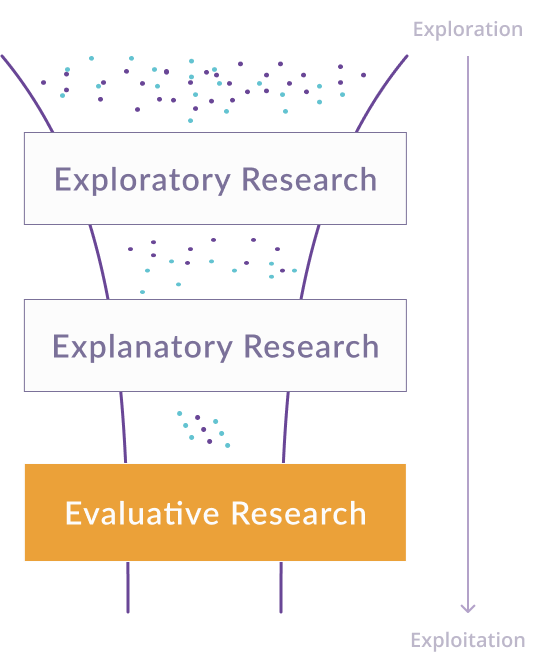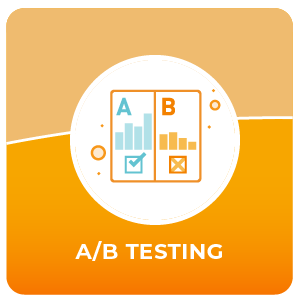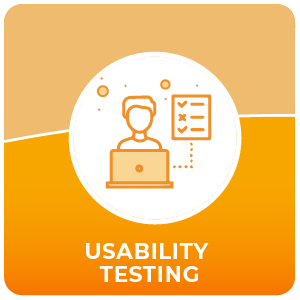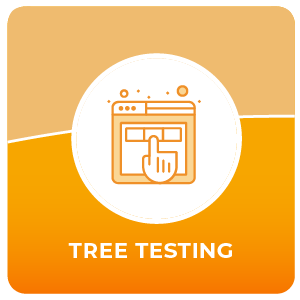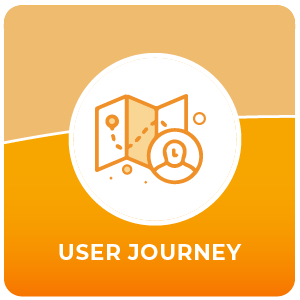Methods
Here is an overview of different methods, used in different stages of your research. Discover the methods that apply to your research phase and and research aim.
Which Method Suits Your Needs?
Understand the different research phases in order to select the right method for your research objectives. The research phases shown and described on this page are based on Erika Hall’s groundbreaking publication “Just Enough Research” (2019).
Plan Your Research
Every research starts with a clear idea of what it is you want to actually study. To ensure efficient use of time and resources, it’s vital to establish attainable research objectives and create a clear, all-encompassing research plan that aligns with your overarching goals and research strategy.
Your plan should also address what it is that you will do with your hard-earned results. How will you use and communicate them? What kind of decisions will be impacted by it?
Exploratory Research
During the early stages of the product cycle, our focus is on exploratory research.
The goal is to identify the relevant problem we need to solve for our different user groups. We achieve this by engaging in various activities, such as observing people, conducting interviews with a diverse range of individuals and conducting broad internet research. Through this process, we aim to detect patterns and understand our users’ challenges and behaviors.
The purpose of exploratory research is to formulate a problem to solve and determine its significance for our target audience, without having a predetermined solution in mind.
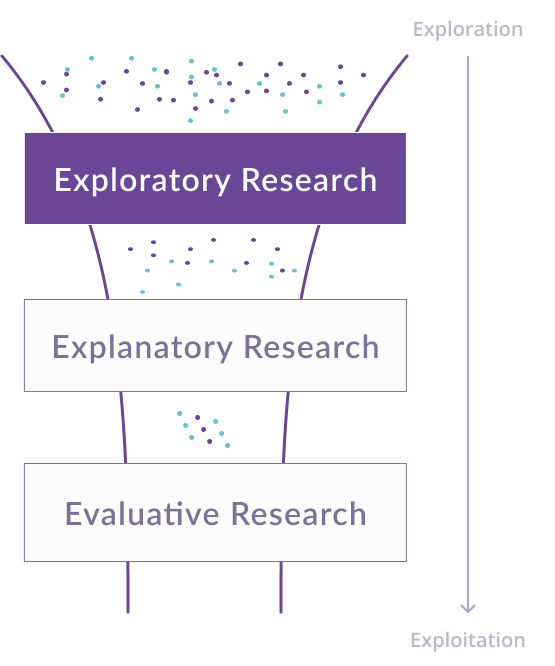
Explanatory Research
Starting with a well-defined problem statement narrows down the solution options, providing clarity. However, to ensure success, we must now delve deeper into the problem context and understand our target users better.
With explanatory research, we aim to find the optimal balance between “What” needs solving and “How” to address it. By focusing on a more specific target group related to our problem, we can select experts more effectively and ask informed questions.
In this phase, the goal is to gain a thorough understanding of the context we are addressing, generate suitable solution ideas, and make well-informed decisions to solve the problem identified during exploratory research.
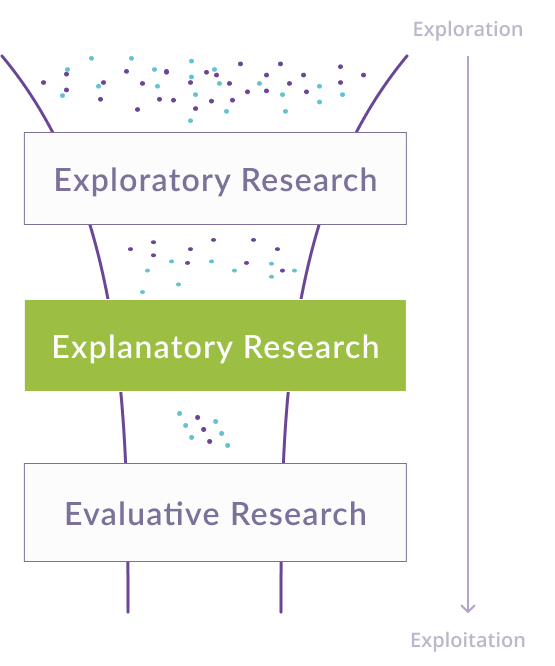
Evaluative Research
After launching your product, you gain a valuable opportunity to observe people using it. Evaluative research aims to determine if our solutions are effective in addressing the chosen problem, for example if they are inclusive and allow women to engage easier.
Research questions in this phase usually focus on why users frequently abandon the user journey you designed, why they hesitate to answer your forms, or why certain features are more easily found than others. This is research done in the Validate phase of Human-Centered Design processes. In essence, it assesses whether we have conducted enough explanatory research to arrive at the correct solutions. Casual and evaluative research should be an ongoing practice for your product team, leading to continuous refinement and progress towards sustainable use and impact.
